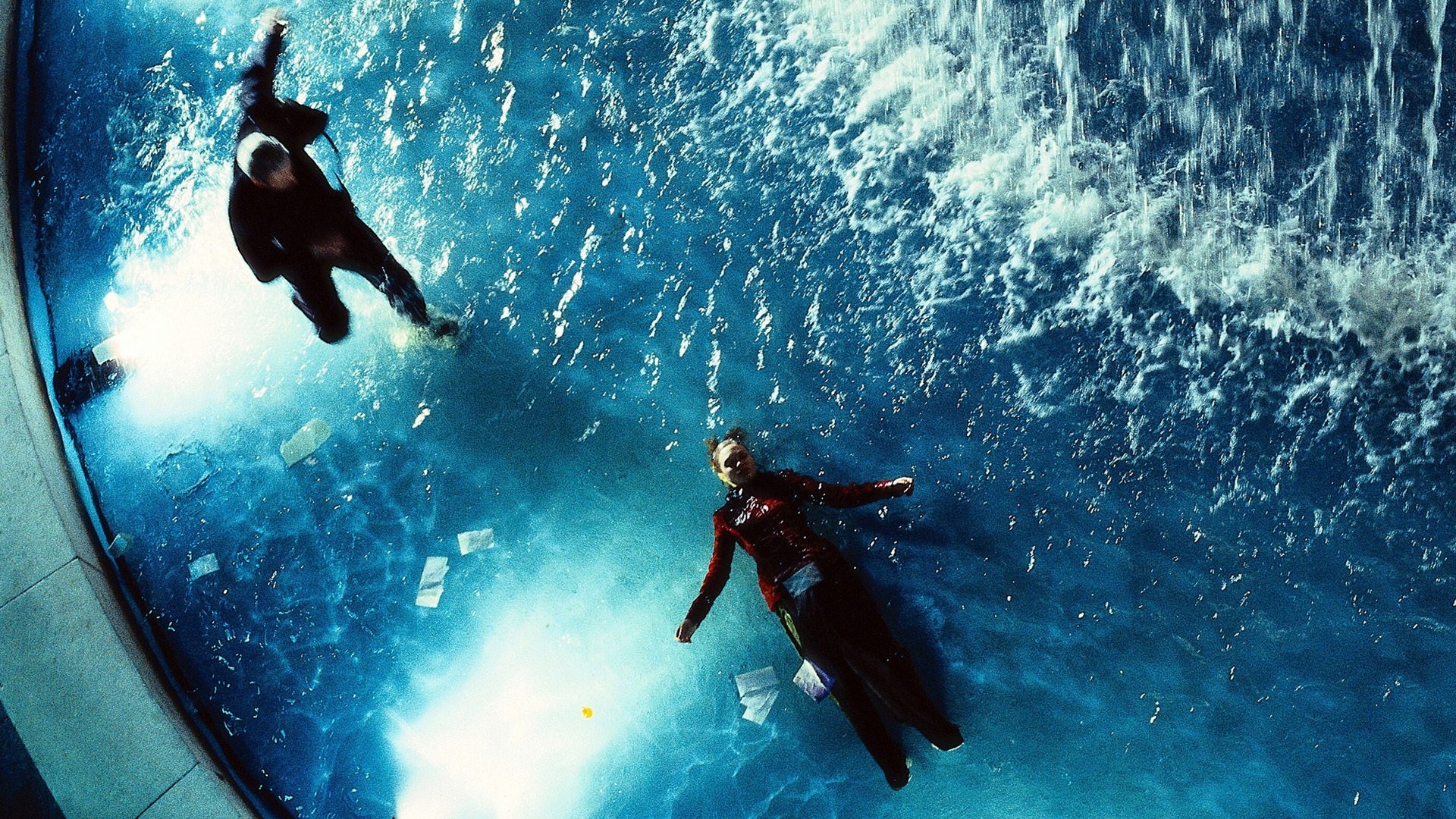


“It don’t smell in Denmark but it sure as hell smells in Manhattan somewhere.” -James Carville, K StreetĪ few years after Almereyda, Steven Soderbergh also probed the intersection of the digital and the purgatorial, also within the context of an Oedipal murder plot. Like those earlier works, Hamlet bursts with screen proliferation to a near-Godardian degree-surveillance footage, polaroid photos, home movies, soliloquies delivered as video diary entries-and the warmth and depth of the photography beautifully contextualizes the then-prophetic, now-quaint vision of digital overflow. Narratively slack, image-drunk, and highly camera-conscious, Almereyda’s early aesthetic was appreciatively described by critic Jonathan Rosenbaum as “actually to resemble the inside of someone’s head.” Hamlet, starring Ethan Hawke, was filmed in color on Super 16mm, but this choice comes across as no kind of capitulation to the mainstream, especially when viewed today. Almereyda’s two best movies up to that point, the cheap and talky Another Girl, Another Planet (1992) and the Lynch-produced vampire drama Nadja (1994) had been shot in black-and-white, on a Fisher-Price PXL2000 and on 35mm, respectively.

Having spent the 90s as an arthouse also-ran, his films often received as imbrications on the styles of David Lynch and/or Hal Hartley, writer-director Michael Almereyda heralded the dawn of the new millennium with a present-day, NYC-set 2000 adaptation of William Shakespeare’s Hamlet. Yet it is two somewhat less obvious works from this period that have stayed with me for their rather lugubrious response to this cinematic sea change, both of them obliquely associating celluloid’s acquiescence to video with some sort of filial betrayal warranting a visit from beyond the grave. Somehow, the directors of these films were ahead of their time in their grasp of video technology as more than a recording device, making extraordinary use of its capabilities as well as its limitations within an unimpeachable pop framework-as opposed to something groundbreaking but abstruse like Jean-Luc Godard’s In Praise of Love (2001).

There is a mini-canon of popular films released in the early-to-mid-2000s-among them Steven Spielberg’s Minority Report (2002), and Michael Mann’s Miami Vice (2006)-that supposedly “got” the incipient digital revolution in ways that are easy to explain with a few updated references to Walter Benjamin and the negative example of Star Wars, Episode II: Attack of the Clones (dir. ‘Twill walk again.” -Hamlet, Hamlet, Act I Scene II


 0 kommentar(er)
0 kommentar(er)
